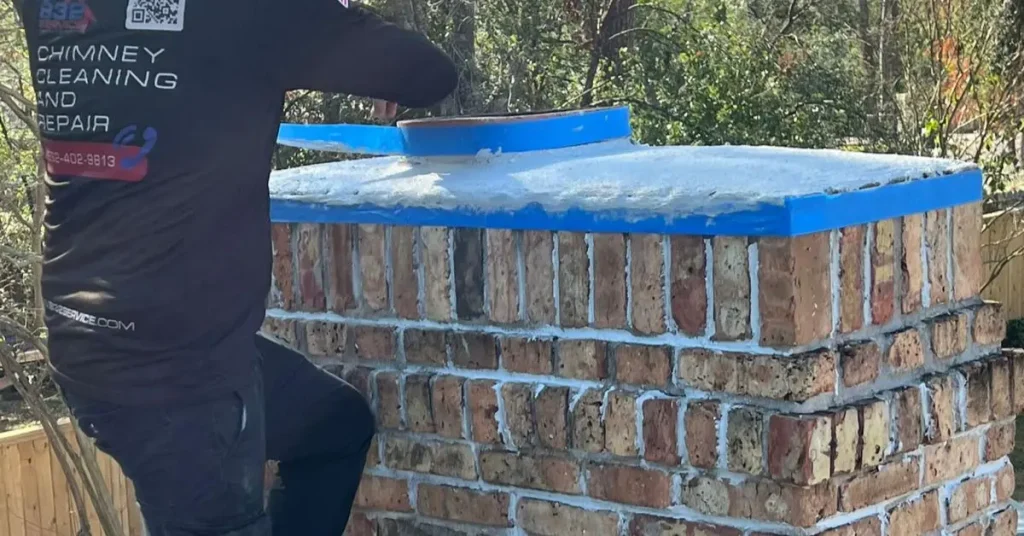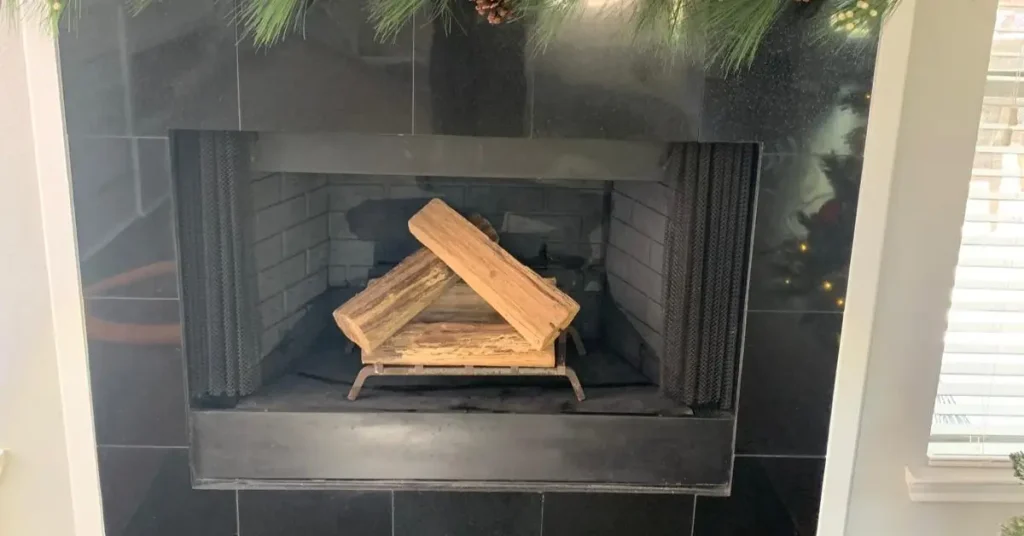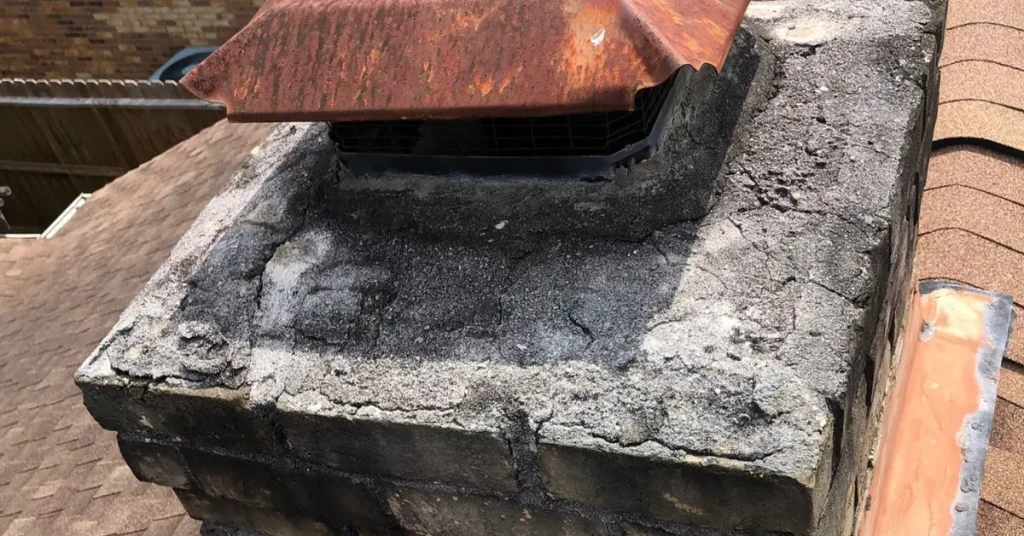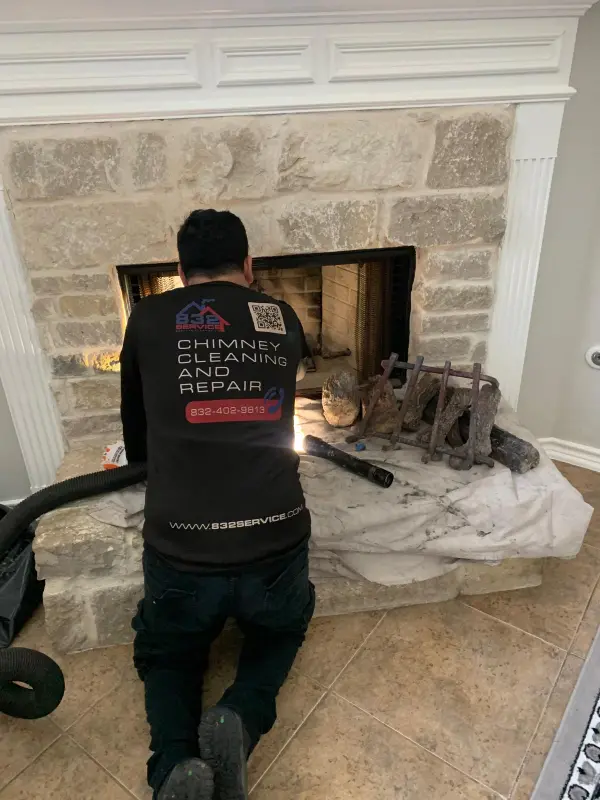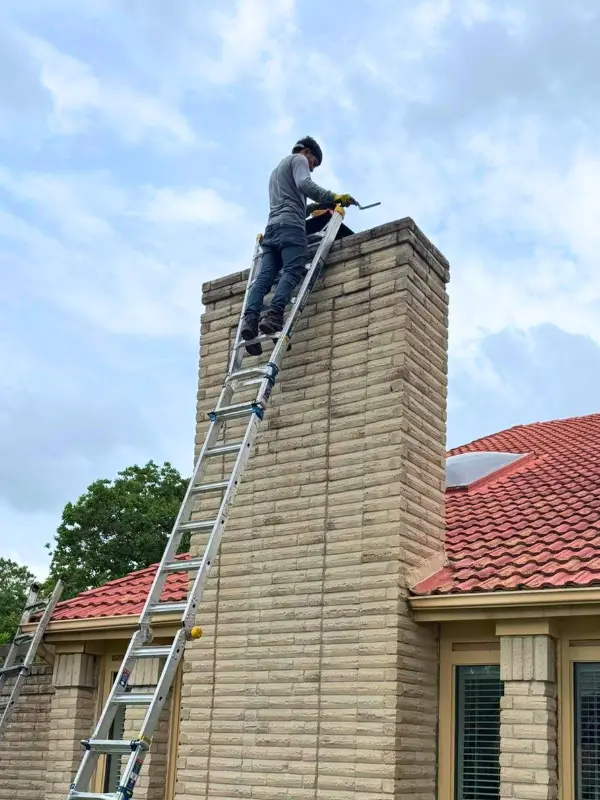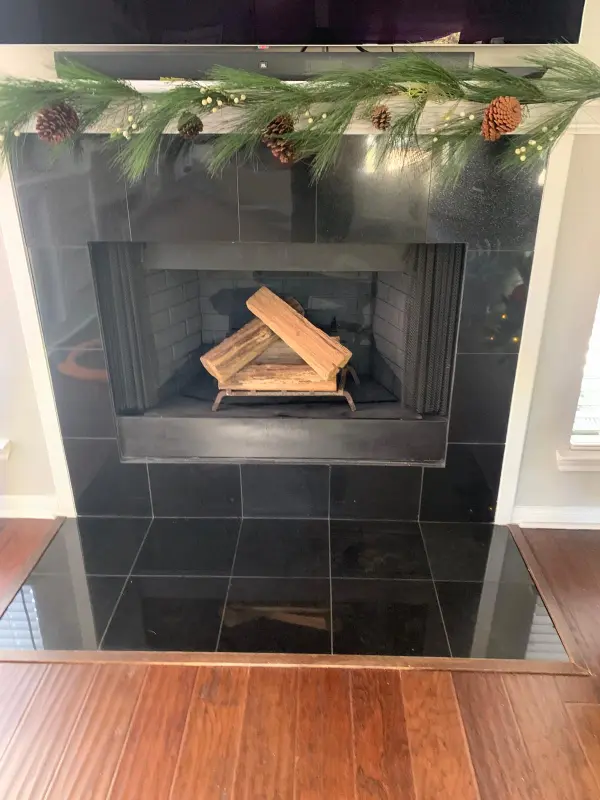Choosing the Right Size Electric Fireplace Insert for Your Space
Finding the perfect electric fireplace insert transforms your living space into a cozy retreat. The right size creates balance, adding warmth without overwhelming your room. Before you shop, you need accurate measurements and a clear understanding of your heating needs. Many homeowners rush this decision and end up disappointed. Don’t make that mistake. Your home deserves an electric fireplace insert that fits properly and heats effectively. We’re here to walk you through every step. Together, we’ll ensure you select a unit that not only looks great but also performs beautifully for years to come.
Why Electric Fireplace Insert Size Matters for Your Home
Size directly impacts how your electric fireplace insert looks and performs. A unit that’s too small disappears into a large opening. It looks awkward and unfinished. On the other hand, an oversized electric fireplace insert won’t fit properly. You’ll struggle with installation and create safety issues. The goal is finding that sweet spot where everything clicks.
Consider your room’s overall design as well. Your electric fireplace insert becomes a focal point. It draws the eye and sets the mood for the entire space. Getting the proportions right makes your room feel intentional and professionally designed. Plus, proper sizing ensures maximum efficiency. You’ll achieve better heat distribution and lower energy costs when everything aligns correctly.
Measuring Your Space for an Electric Fireplace Insert
Accurate measurements prevent costly mistakes and installation headaches. Start by measuring your existing opening if you have one. Write down the height, width, and depth in inches. Don’t round up or estimate. Precision matters here because even an inch can make the difference between a perfect fit and a frustrating return.
Also consider the wall space around the opening. Your electric fireplace insert needs proper clearance for ventilation and aesthetics. Measure at least six inches beyond the opening on all sides. This extra space helps you visualize how the unit sits within the overall wall. It also ensures you meet safety requirements for proper airflow.
Understanding Fireplace Opening Dimensions
Your opening dimensions determine which models work for your home. Most manufacturers list three key measurements for their units. These include face width, viewing area, and required depth. Match these specs carefully against your opening requirements before ordering anything online or in-store.
Legacy wood-burning fireplace openings vary widely in size and shape. Some are shallow, while others extend deep into the wall. Modern electric units typically need less depth than traditional wood-burning setups. This works to your advantage during installation. However, you still need enough space for the heating components and proper air circulation around the unit.
Comparing Electric Fireplaces to Wood-Burning Fireplace Options
Switching from a wood-burning or gas line to a built-in electric fireplace insert solves many common problems. You eliminate dangerous creosote buildup and messy ash cleanup, eliminating the need for hauling wood or dealing with smoke. Instead, you get instant warmth at the flip of a switch. The convenience factor alone makes this upgrade worthwhile for busy families.
Real heat output differs significantly between the two systems. Wood-burning fireplace units produce inconsistent temperatures and waste energy up the chimney. Your existing electric fireplace insert delivers controlled, efficient warmth exactly where you need it. You can adjust the temperature with precision. Most units also let you enjoy the flame effect without heat during warmer months.
Heater Capacity and Real Heat Output Explained
Understanding heater capacity helps you choose an electric fireplace insert that actually warms your space. Most residential units produce between 4,000 and 5,000 BTUs per hour. This typically heats 400 to 500 square feet effectively. Check your room dimensions and compare them against the manufacturer’s heating range specifications.
Don’t expect miracles from a small heater in a massive room. Be realistic about your expectations and heating needs. If you have high ceilings or poor insulation, you might need supplemental heat sources. Your electric fireplace insert works best as a supplemental heating source. It provides focused warmth in the areas you use most, helping you reduce overall energy costs.

BTU Ratings and Room Coverage
BTU ratings tell you exactly how much heating power you’re getting. Here’s what you need to know about matching capacity to room size:
- 400 square feet: Look for 4,500-5,000 BTU units
- 300 square feet: Choose 3,500-4,000 BTU models
- 200 square feet: Select 2,500-3,000 BTU options
- Open floor plans: Consider multiple units for coverage
Calculate your room’s square footage before shopping to ensure an accurate purchase. Measure length times width to get the total area. Then add 10% if you have cathedral ceilings or large windows. This buffer ensures your electric fireplace insert provides adequate warmth even on the coldest days.
Installation Considerations for Home Systems
Your home systems need proper integration when adding an electric fireplace insert. Most units plug into standard 120-volt outlets. However, larger models might require dedicated 240-volt circuits. Check your electrical panel capacity before committing to a high-powered unit. This prevents tripped breakers and potential safety hazards down the road.
Ventilation requirements are minimal compared to wood-burning setups. You don’t need a chimney or special venting for your electric fireplace insert. This simplifies installation and significantly expands your placement options. However, you still need proper clearance from combustible materials. Follow manufacturer guidelines exactly to maintain your warranty and ensure safe operation.
Our Google Reviews
Trustindex verifies that the original source of the review is Google. Raphael did an excellent job with our cleaning. On time, clear communication and professional to deal with. Highly recommended.Posted onTrustindex verifies that the original source of the review is Google. Rafael was working with a neighbor when we met. He assessed the state of my chimney , took photos, explained where all the areas of concern were and the described what would be required to keep things safe and stable. Raphael was informative and straightforward, no pressure and he was very kind. he and his helper did the work exactly as he stated in a timely manner. I would highly recommend recommend for any repairs, Quality work. Thank you 832 Home Service and RaphaelPosted onTrustindex verifies that the original source of the review is Google. Great service. Provided good consultation and service. I would reach out to them for vent cleaning everytime.Posted onTrustindex verifies that the original source of the review is Google. Excellent cleaning service.Posted onTrustindex verifies that the original source of the review is Google. Highly recommended amazing service and they did a great jobPosted onTrustindex verifies that the original source of the review is Google. The team was very helpful and knowledgeable, they took their time I Had a great experience with them. They were on time, professional, and did a thorough job cleaning my chimney. The fireplace works so much better now, and I feel safer using it. If you need chimney cleaning in Houston, I highly recommend them!Posted onTrustindex verifies that the original source of the review is Google. HIGHLY recommend I had wasp in my house that apparently came from my chimney ! They found the hole and took care of it! Also, did a deep clean after a while I didn’t clean. I’m so so happy ! Also , did a crown repair . Guys, can’t recommend enough!Posted onTrustindex verifies that the original source of the review is Google. You guys are awesome!!! I had an amazing experience From start to finish, they were professional, efficient, and detail oriented. provided great suggestions, and delivered high quality work on time and within budget. The crew was friendly, hardworking, and left everything clean after the job was done. I highly recommend themPosted onTrustindex verifies that the original source of the review is Google. I looked into several companies in Houston, Texas,, that could do a thorough chimney cleaning and repair, and this company was the most professional and highly recommended! I will definitely use their services in the future and highly recommend them to anyone interested in a safe chimney. Many thanks to the team that assisted us! 🙏🏻Posted onTrustindex verifies that the original source of the review is Google. These guys were awesome!!!!! They cleaned my dryer for a very good price and were fast!Verified by TrustindexTrustindex verified badge is the Universal Symbol of Trust. Only the greatest companies can get the verified badge who has a review score above 4.5, based on customer reviews over the past 12 months. Read more
Making Your Final Electric Fireplace Insert Decision
Choosing the right electric fireplace insert comes down to three key factors. First, verify your measurements match the unit specifications perfectly. Second, confirm the heating capacity covers your room size adequately. Third, ensure your electrical system can handle the power requirements safely.
Take your time reviewing different models and reading customer feedback. Look for units that come with good warranties and offer responsive customer service. Quality matters more than saving a few dollars on a budget model. A well-chosen electric fireplace insert provides years of reliable service and enjoyment. It enhances your home’s comfort while adding visual appeal to your favorite gathering spaces.

FAQ
Can I install one myself, or do I need a professional?
Most homeowners can install an electric fireplace insert without professional help. The units typically plug into standard outlets and slide into existing openings. You’ll need basic tools and the ability to follow instructions carefully. However, if electrical work is required or structural modifications are necessary, hire a licensed electrician for safety purposes.
Will an electric fireplace insert fit in my existing wood-burning opening?
Yes, most electric fireplace insert models are explicitly designed to fit standard wood-burning openings. Measure your opening’s height, width, and depth carefully. Then compare these measurements against manufacturer specifications. Many units include trim kits that cover gaps and create a finished look, even if the fit isn’t exact.
How much does it cost to run these daily?
Operating costs depend on your local electricity rates and usage patterns. On average, running an electric fireplace insert for eight hours costs between $0.50 and $1.50 per hour. Most units use 1,500 watts on high heat settings. You can reduce costs significantly by using only the flame effect without heat when you want ambiance.
Do I need to have my chimney cleaned if I switch to an electric unit?
No, electric fireplace insert units don’t produce smoke, ash, or creosote. You won’t need regular chimney cleanings once you make the switch. However, if you’re converting from a wood-burning stove, consider having your chimney inspected and cleaned one final time before installation. This removes existing buildup and lets you seal the flue if desired.
Can an electric fireplace insert heat my entire house?
No, these units work best as supplemental zone heaters for individual rooms. They effectively warm areas of 400-500 square feet, depending on the model. For whole-house heating, you’ll still need your primary HVAC system. Consider your electric fireplace insert as a means to enhance comfort in specific areas while lowering overall heating costs.
What's the typical lifespan of an electric fireplace insert?
Quality electric fireplace insert models last 10-20 years with proper care and maintenance. The LED lights can burn for 50,000 hours or more. Heating elements typically last 10-15 years with regular use. Choosing a reputable brand and following maintenance guidelines helps maximize your unit’s lifespan and performance over time.

